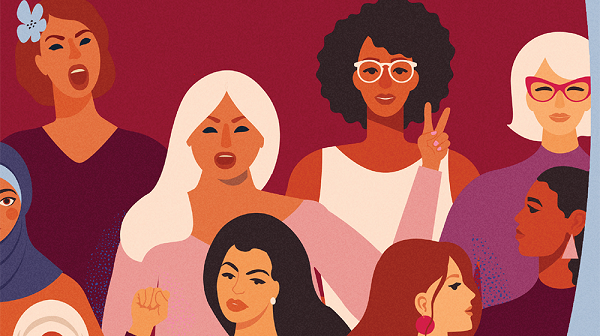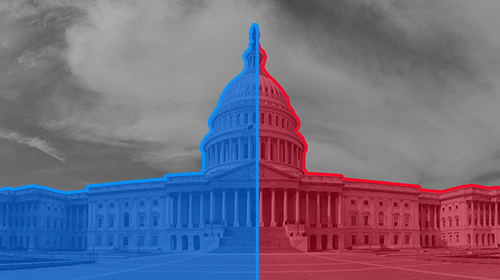Nearly 2.8 Million Workers in Massachusetts May Have to Go to Work Sick, Risk Spreading Coronavirus, Due to Lack of Paid Sick Days and Paid Leave

Analysis Makes Case that to Open the Economy Safely, Workers in Massachusetts Must Be Able to Take Paid Sick Days and Paid Leave; Massachusetts Analysis Available Here
To slow the spread of coronavirus, tens of millions of workers nationwide are being asked to stay home to self-isolate and care for loved ones in quarantine or for children during lengthy school closures.
Yet gaps in newly-enacted federal coronavirus legislation leave up to 2.8 million workers in Massachusetts without emergency leave protections and women and workers of color are more likely to be affected, according to an analysis by the National Partnership for Women & Families. Nationwide, between 68 and 106 million workers are left behind.
As public interest grows in when and how the economy can be safely reopened, the new data shed light on the disproportionate burden that gaps in the law place on women and workers of color, who are more likely to work in frontline positions such as health care workers and cashiers at large stores.
The United States has no federal paid sick days or paid leave standards.
To help address this gap during a public health emergency, provisions in the Families First Coronavirus Response Act (FFCRA) enacted in March ensure millions of private-sector workers have up to two work-weeks of job-protected paid sick days to address their own or a loved one’s health, self-isolation or quarantine needs.
The law also establishes 12 weeks of job-protected family leave for employees caring for a minor child whose school or usual place of care has been closed due to a public health emergency.
During negotiations, special interests significantly pared down the original bill to exclude all workers in businesses with over 500 employees, which accounts for more than 1.8 million workers in Massachusetts.
The FFCRA also established carve-outs for small businesses as well as health care providers and emergency responders.
These exclusions hit women and workers of color in Massachusetts especially hard. Women make up 67 percent of workers in all front line industries in the state, including 76 percent of health care workers and 48 percent of workers in grocery, convenience or drug stores.
In health care, Black workers make up a 97 percent larger share of workers than they do in Massachusetts’s workforce overall. In grocery, convenience and drug stores, Latinx workers make up a 41 percent larger share of workers than they do in the workforce overall.

“The coronavirus is not only a public health crisis – it’s also a caregiving crisis, and it’s especially damaging for women and people of color.
In a country shaped by centuries of sexism and white supremacy, the uneven impact of this pandemic is yet another example of how women of color are essential to an economy
